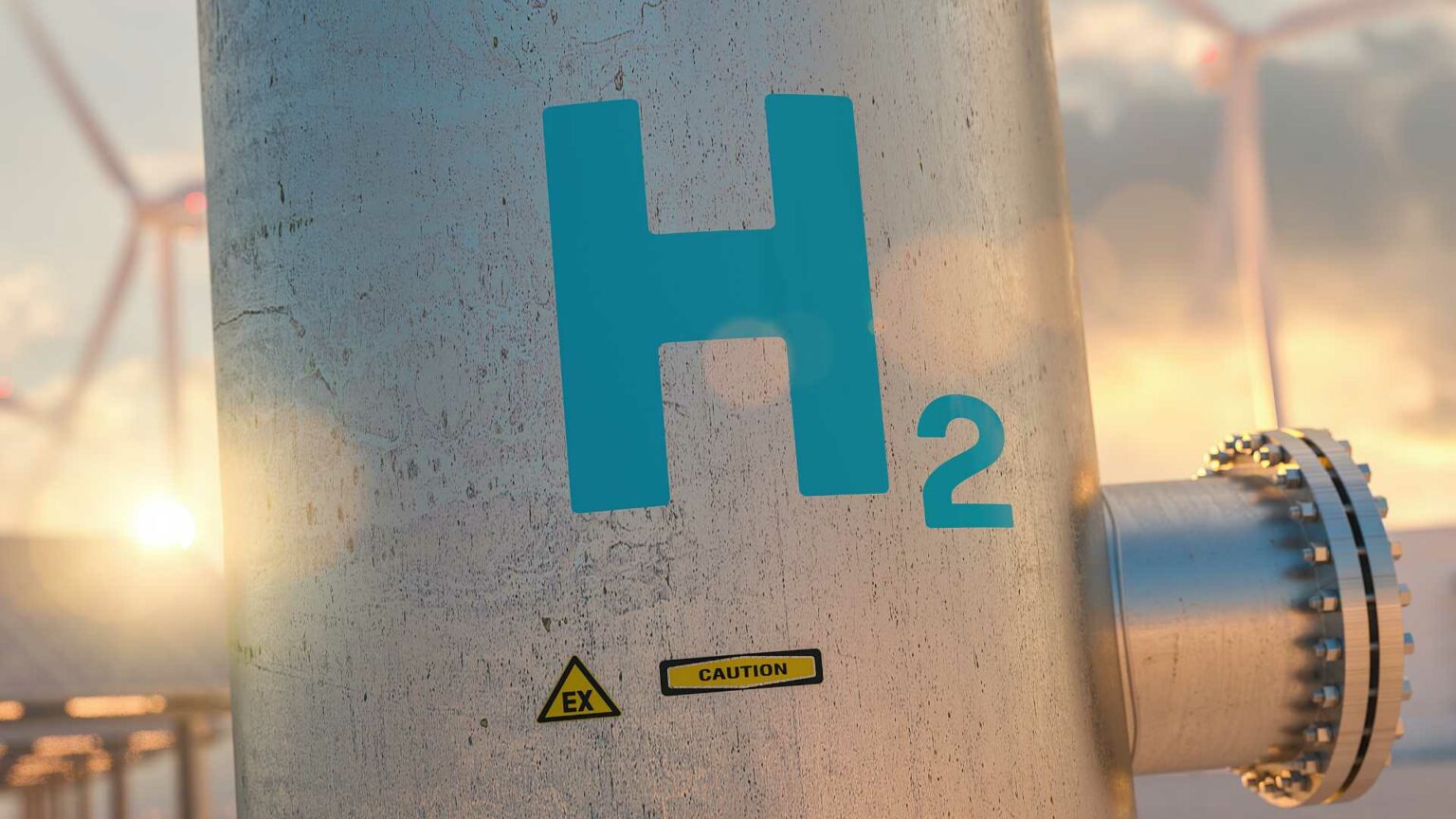In a recent innovative stride, the TAN KAH KEE INNOVATION LABORATORY has developed a composite diaphragm designed to enhance hydrogen production from alkaline water electrolysis. This patent—anchored on the work of adept engineers and scientists—introduces a resilient, high-performance diaphragm that stands to impact the hydrogen production industry broadly.
Features and Improvements
The patented diaphragm is noted for its preparation using a thermally induced phase separation method. This method simplifies production, allowing stable manufacturing in large-scale and large-area areas. The resultant diaphragm showcases exceptional hydrophilicity and mechanical strength, which are vital for efficient hydrogen production. Its ability to withstand high temperatures (ranging from 90-160°C) and high-concentration alkali environments makes it particularly suitable for alkaline electrolytic cells.
Potential Applications
This composite diaphragm has broad applications within the hydrogen production industry, particularly in water electrolysis systems. Given its robust construction and enhanced performance characteristics, it is poised to improve the efficiency and reliability of electrolytic processes. This could facilitate more effective hydrogen generation for industrial and renewable energy applications, including fuel cells and hydrogen refueling stations.
Technical Specifications
The detailed methodology outlined in the patent includes a thermally induced phase separation technique that ensures consistency in manufacturing large volumes and extensive surface areas. The diaphragm’s unique properties, such as superior hydrophilicity and mechanical resilience, are scientifically engineered to tolerate extreme operational conditions, crucial for extended performance in industrial settings.
